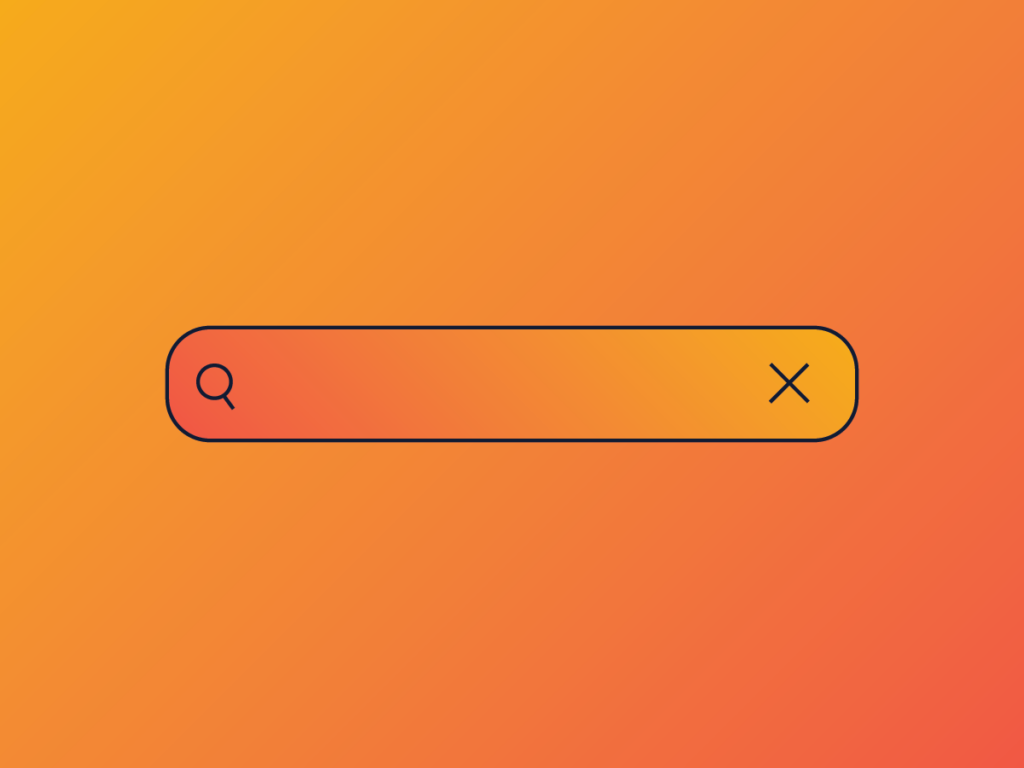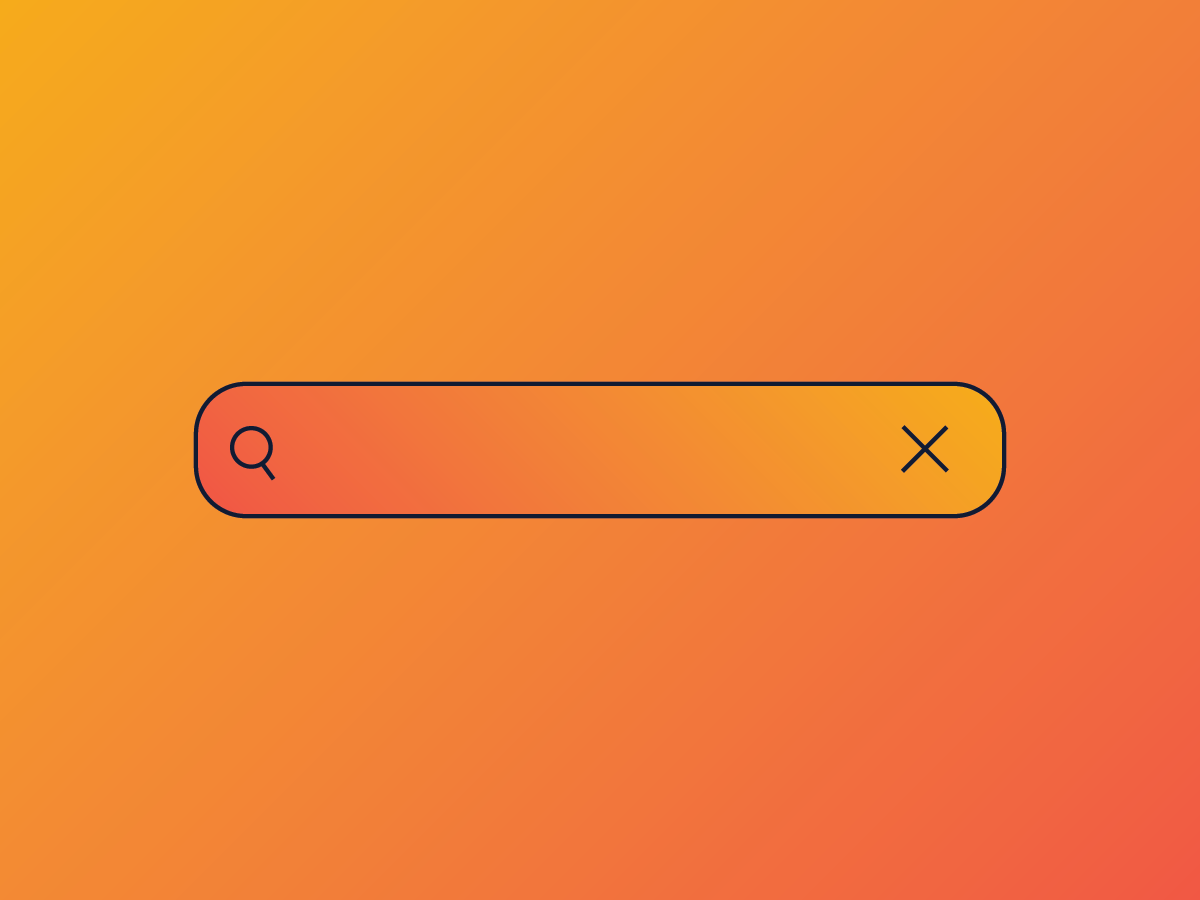One Year Later: How AI Overviews Reshaped Google Search
In May 2024, Google announced the wide release of AI Overviews at their I/O event. And Google was never the same again.
Okay, perhaps that’s a little hyperbolic, but not by much. The explicit, unavoidable inclusion of AI in search results marks the first big change to the Google Search landscape since “Featured Snippets” in 2014. And AIOs really are the natural evolution of the featured snippets:
Google proudly touts 1.5 billion worldwide monthly AIO users (an interesting stat as Google users can’t opt out of AIOs), and insists that AIOs drive more qualified traffic. And honestly, that might be true. AIOs appear for high-funnel searches — searches that drive significant traffic but convert at lower rates. However, study after study reveal lower click-through rates and organic traffic when AIOs are present. AIOs truly heralded the zero-click reality that SEOs feared featured snippets would create.
So what’s changed in the past year?
- Frequency. We’re seeing significantly more AIOs today than at launch; in fact, AIOs are up 6.5% just comparing January to March 2025. Google spent the last year fiddling with the dial, reducing AIOs after the initial hard launch in May 2024, then increasing in September, with another big surge in March 2025. Moving forward, we can anticipate Google will continue to fine-tune how often we see AIOs
- Clarity. We now know from Google themselves, as well as from many studies, that AIOs primarily appear for informational queries where the AIO text would provide a helpful experience for the searcher. That means that high-funnel search volume is tanking for many brands, but mid-funnel and valuable transactional searches are still protected. We anticipate the trend of AIOs targeting informational searches will maintain into 2026
- Paid opportunities. When AIOs launched, they were entirely organic. Now, we have ad placements within roughly 15% of AIOs. While Google doesn’t currently allow campaigns to target or exclude AIO ad inventory, we will likely see paid inclusion within AIOs evolve over the next year
And what’s stayed the same?
- Data black box. Google Search Console doesn’t tell us what ranking keywords trigger an AIO, or when websites appear as citations, and Google Ads doesn’t tell us when they show a paid ad with an AIO. However, marketers have become adept at working around Google’s dearth of data — thankfully, third-party tools have drastically improved their AIO tracking over the past year to fill in the gaps
- No silver bullet. While generative engine optimization (GEO) is exploding as a new iteration of SEO — and we know several tactics to bait an AIO citation, like clearly structured pages — there is still no clear next step to ensure AIO placement. That said, we do know that tried-and-true SEO best practices and providing unique, helpful content remain paramount to success
- Brand optimization remains crucial. AIOs continue to appear for some branded searches. As a result, marketers need to understand brand questions — even questions with low search volume — to ensure control over as much of the brand narrative as possible. Intentionally answering brand questions remains crucial to protect brand reputation as AI and search integration continues to expand
- Testing. Google keeps testing new iterations of AIOs, like adding AIOs in lieu of the map pack for local searches or in YouTube search. Google will likely also continue to test ad placements in AIOs. Just a few months ago, Google announced their beta of AI Mode, a whole search tab of AI-driven search (think Google’s answer to AI search platforms like Perplexity). Staying vigilant on the ongoing updates Google makes to the AIO experience will be vital to increasing the potential for inclusion in this search result type
What this means for marketers
Ethical and environmental concerns aside, AI is the future of search. Not only is it changing the way search looks, AI is a whole new audience for search marketers. Instead of just writing content for people and search engines to consume, content also needs to be created and structured so AI can consume it as well. Marketers need to adapt to AI search by optimizing for machine learning, which includes:
- Doubling down on SEO best practices
- Leaning into internal SMEs to create unique, helpful content that distinguishes brands from the noise
- Establishing intentional brand SEO strategies
AI in search is here to stay, that much is certain. The only question left is how we adapt.





